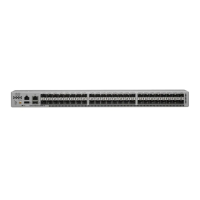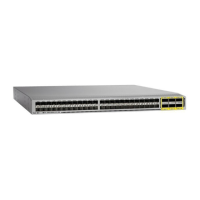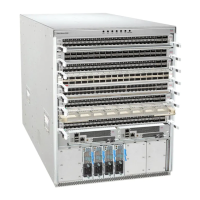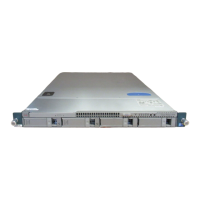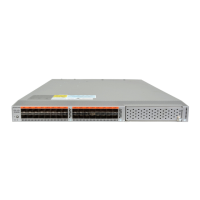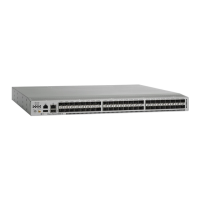
 Loading...
Loading...
Do you have a question about the Cisco Nexus 3548 and is the answer not in the manual?
| Rack Units | 1RU |
|---|---|
| Product Type | Switch |
| Form Factor | Rack-mountable |
| Jumbo Frame Support | 9216 bytes |
| Input Voltage | 100-240 VAC |
| Product Series | Nexus 3000 |
| Model | Nexus 3548 |
| Operating System | Cisco NX-OS |
| Ports | 48 x 10GE SFP+ |
| Latency | 190 ns |
| Airflow | Front-to-back |
Describes audience, organization, and conventions of the document.
Explains conventions used in command descriptions and screen examples.
Lists other Cisco documentation for related products.
Enables BGP additional paths for a prefix to be received from a capable peer.
Enters neighbor address family mode for configuring BGP routing protocols.
Enables authentication for an Open Shortest Path First (OSPF) area.
Creates a summary address in a Border Gateway Protocol (BGP) routing table.
Configures authentication for the Hot Standby Router Protocol (HSRP).
Sets administrative distances for EIGRP internal and external routes.
Injects routes from one routing domain into the Border Gateway Protocol (BGP).
Assigns an autonomous system (AS) number and enters BGP configuration mode.
Configures a Border Gateway Protocol (BGP) neighbor and enters configuration mode.
Displays Border Gateway Protocol (BGP) routes.
Displays information about neighbors discovered by EIGRP.
Displays Open Shortest Path First (OSPF)-neighbor information on a per-interface basis.
Displays routes from the unicast Routing Information Base (RIB).
Displays the running configuration.
Shows information about the Virtual Router Redundancy Protocol (VRRP).
